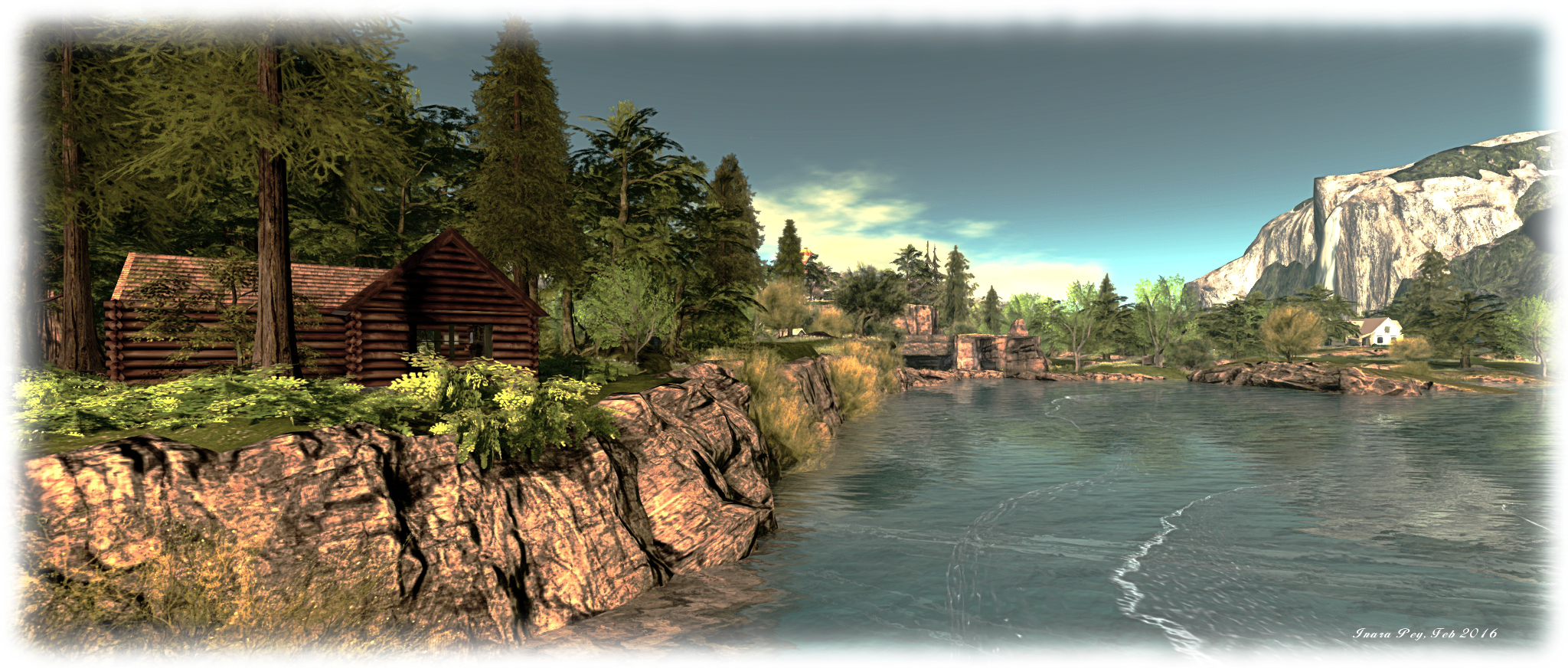 High Fidelity have a put out a couple of interesting blog posts on their more recent work, both of which make for interesting reading.
High Fidelity have a put out a couple of interesting blog posts on their more recent work, both of which make for interesting reading.
In Update from our Interns, the provide a report by Edgar Pironti and Alessandro, Signa two of High Fidelity’s interns who have been working as interns on a number of projects within the company, including developing a single software controller for mapping inputs from a range of hand controllers, with the initial work involving the Razer Hydra, HTC Vive’s controllers and the Space Navigator. They also discuss working on recording and playback functionality, which is also expanded upon in the second blog post which caught my eye, the January newsletter, issued by Chris Collins.
This work has involved developing the ability to pre-record the data stream of an avatar – audio, facial expressions and body movement in a format which can later be played back on a server under the control of JavaScript. As Chris notes, this makes it very easy to quickly populate a VR experience with compelling pre-recorded avatar content, allowing life-like characters to a place or for use within a machinima film.
As their third reported project. Edgar and Alessandro discuss how they’ve been looking into creating a “VR commerce” environment. This combines elements of physical world shopping – sharing it with friends, actually grabbing and trying items, having discussions with sales staff, etc., with the convenience of e-shopping, such as quickly changing colours, seeing customer reviews and feedback, and so on. As well as explaining how they went about the task, Edgar and Alessandro have put together a video demonstration:
In the High Fidelity newsletter, Chris Collins covers a number of topics, including work on optimising avatar concurrency on a single High Fidelity server. While this work most likely used Edgar’s and Alessandro’s approach to pre-recording avatar data streams mentioned above, the initial results are impressive: 200 avatars on a server, of which the 40 nearest the observer’s viewpoint are rendered at 75Hz when using the Oculus Rift, and with a very high level of detail, with full facial animations.

One of the things that High Fidelity has often be critiqued for by SL users is the cartoon like avatars which were first shown as the company gradually cracked open its doors. These are still in use, but there has also been a lot of work put into making the avatars more life-like should users so wish. However, there is a trade-off here, which has been discussed in the past: the so-called uncanny valley effect: the closer the facial features look and move almost, but not exactly, like natural beings, it causes a response of revulsion among some observers.
This has tended those investigating things like avatar usage to express caution in pushing too close to achieving any kind of genuine realism in their avatars, and Philip Rosedale has discussed High Fidelity’s own gentle pushing at the edge of the valley. Now it seems the company is stepping towards the edge of the valley once more, using 3D scans of people to create avatar faces, as Chris notes in the newsletter:
We scanned our whole team using two different 3D scanners (one for hair and one for the face), and then used some simple techniques to make the results not be (too) uncanny … Although there is still a lot of work to do, we achieved these results with less than 2 hours of work beyond the initial scans, and the effect of having our team meetings using our ‘real’ avatars is quite compelling.

Not everyone is liable to want to use an avatar bearing a representation of their own face, and the idea of using such a technique does raise issues around identity, privacy, etc., which should be discussed, by High Fidelity’s work in this area is intriguing. Although that said, and looking at the staff group photo, I would perhaps agree there is still more work needed; I’m not so much concerned about the technique pushing towards the edge of the uncanny valley so much as I am about the avatars in the photo looking just that little bit odd.
Also in the update is a discussion on audio reverb, a look at how the use of particles can be transformed when you’re able to see your “hands” manipulating them, and a look at a purpose-built game in High Fidelity. These are all discussed on the video accompanying the January video, which I’ll close with.



